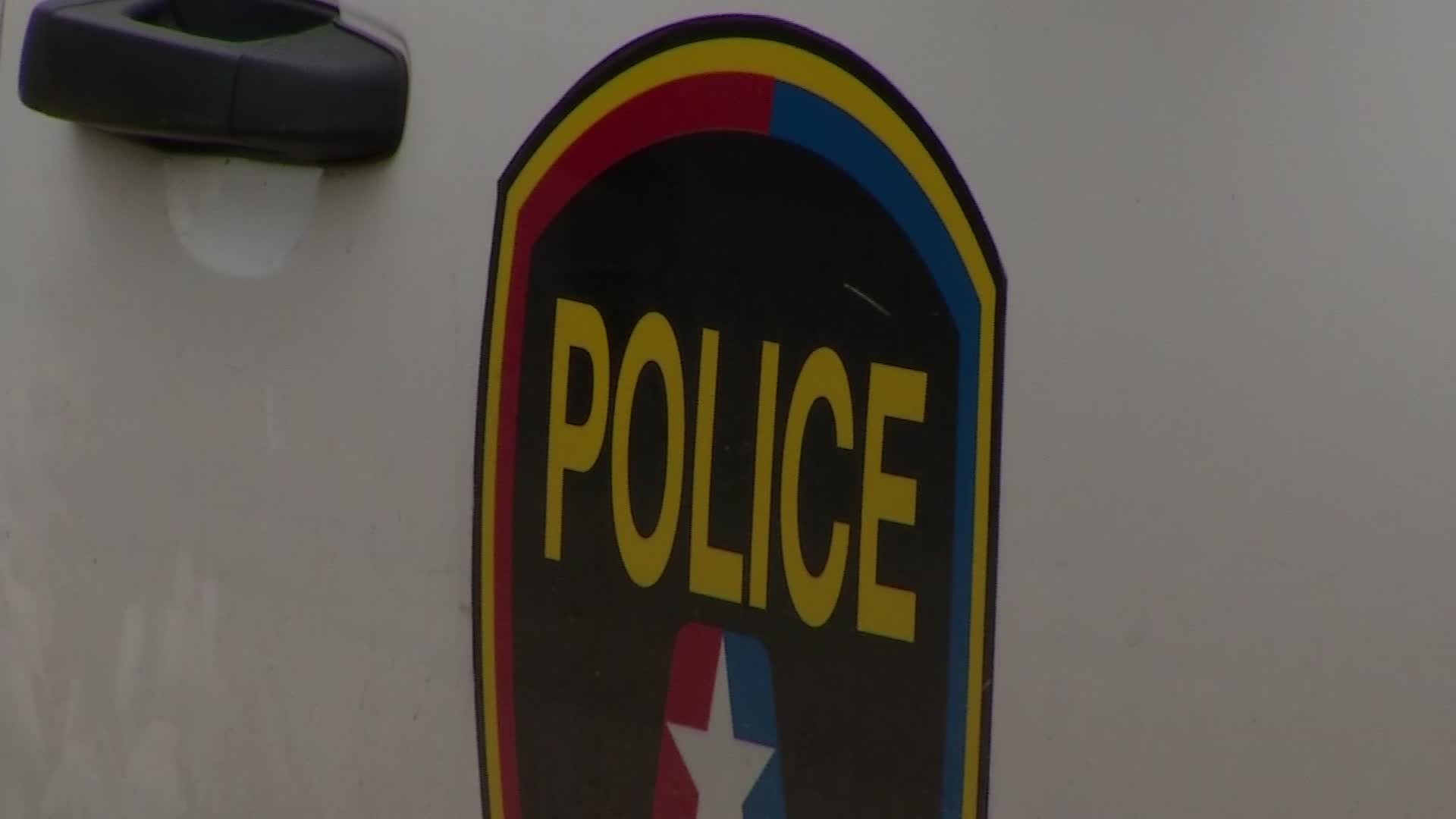Fifty-seven tornadoes have touched down this spring in North Texas, and that has some NBC 5 viewers wondering how to pick the right storm shelter for their family.
Delise Chavers is like a lot of moms. After a rough spring with several tornadoes, the storm damage she saw on TV got to her.
"When we watch the news it always says go to the inner-most place in your home, but that's either our laundry room or closet under the stairs so we didn't feel that comfortable," said Chavers.
Chavers and her husband decided to buy a storm shelter, but that's when things got complicated.
There were almost too many choices. Do you get above ground or below ground? Fiberglass, steel or concrete?
Even after she bought a storm shelter, Chavers realized she wasn't the only consumer with questions.
"We have friends who know that we have one, and so they've asked us about ours and we can only tell them what we know," said Chavers.
Local
The latest news from around North Texas.
Chavers emailed the NBC 5 Investigates Consumer Unit, and we reached out to the experts at Intertek.
The company helps test storm shelters and said the material in the storm shelter is not as important as the testing. Make sure any shelter you buy is approved by either the National Storm Shelter Association (NSSA) or the American Tornado Shelter Association (ATSA).
Above-ground shelters are generally made of steel or concrete. Underground shelters use fiberglass or concrete. Both are safe, but each has its advantages and disadvantages.
For example, below-ground shelters are generally cheaper, but they can't be used in a flood plain.
John Waskow, with Intertek, said you should consider how you'll use it.
"If it is below ground in a backyard, am I willing to go out in a rainstorm, thunderstorm or hail to get inside?" he said. "If I am going to be hesitant, maybe I need to consider above ground."
But above-ground shelters carry their own concerns. Namely, you have to pay close attention to how it's anchored to the slab or floor.
"If your house collapses or blows away and you're in the shelter and you're getting tornado wind loads, you want to make sure it doesn't turn over and uplift," Waskow said.
Shelters aren't cheap. They cost several thousand dollars, but Chavers was able to get a grant to help defray the cost of her shelter.
Chavers ended up going with a below-ground fiberglass model, and she said it gives her peace of mind.
"It's great, it really is. It's very comforting to know that we have the shelter. We do it again all over again," she said.
For more information on storm shelters, visit the Federal Emergency Management Agency's website.



